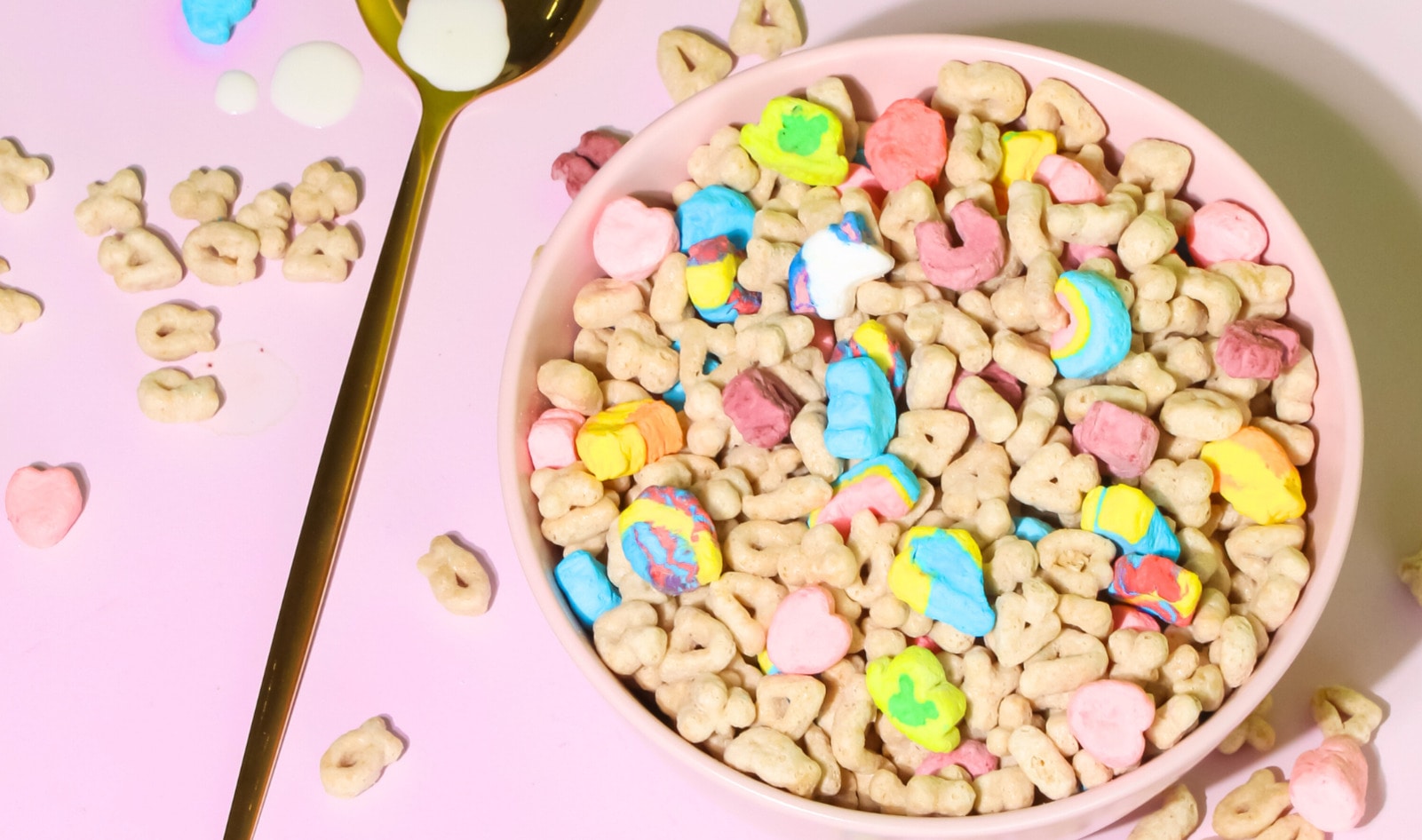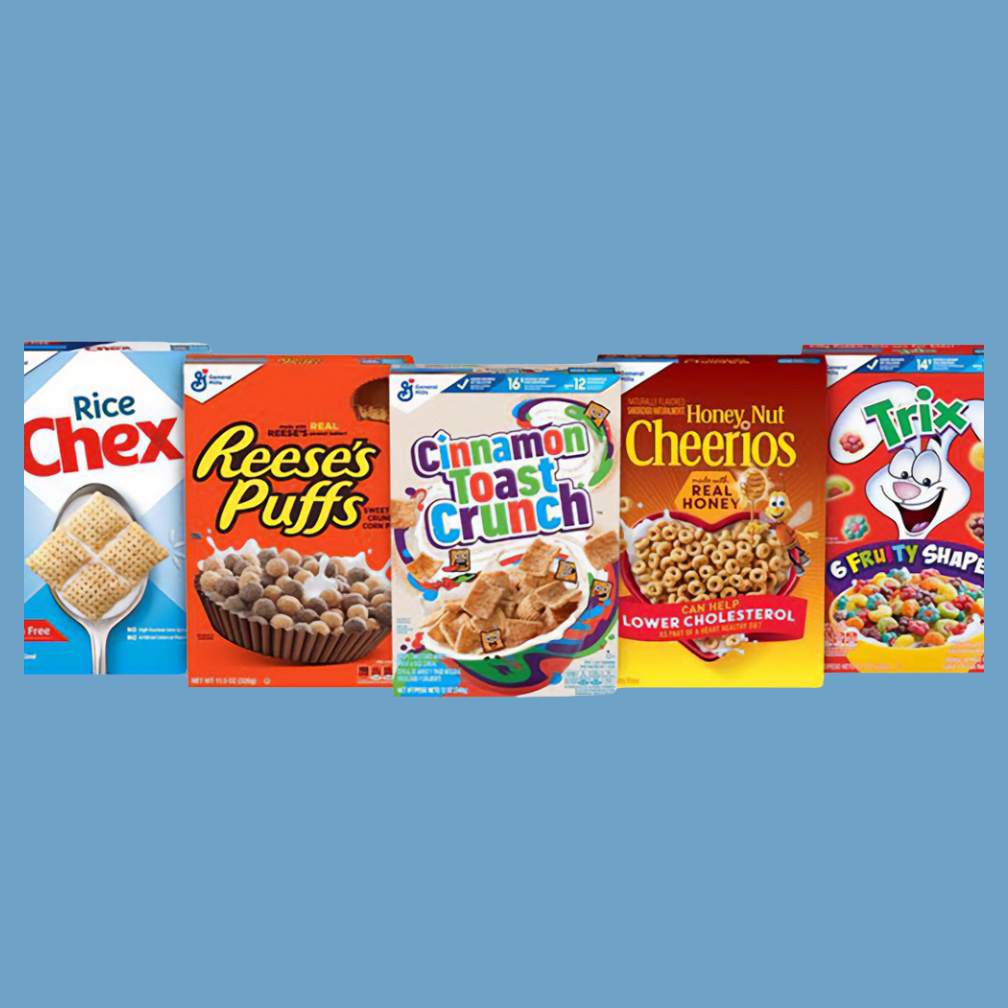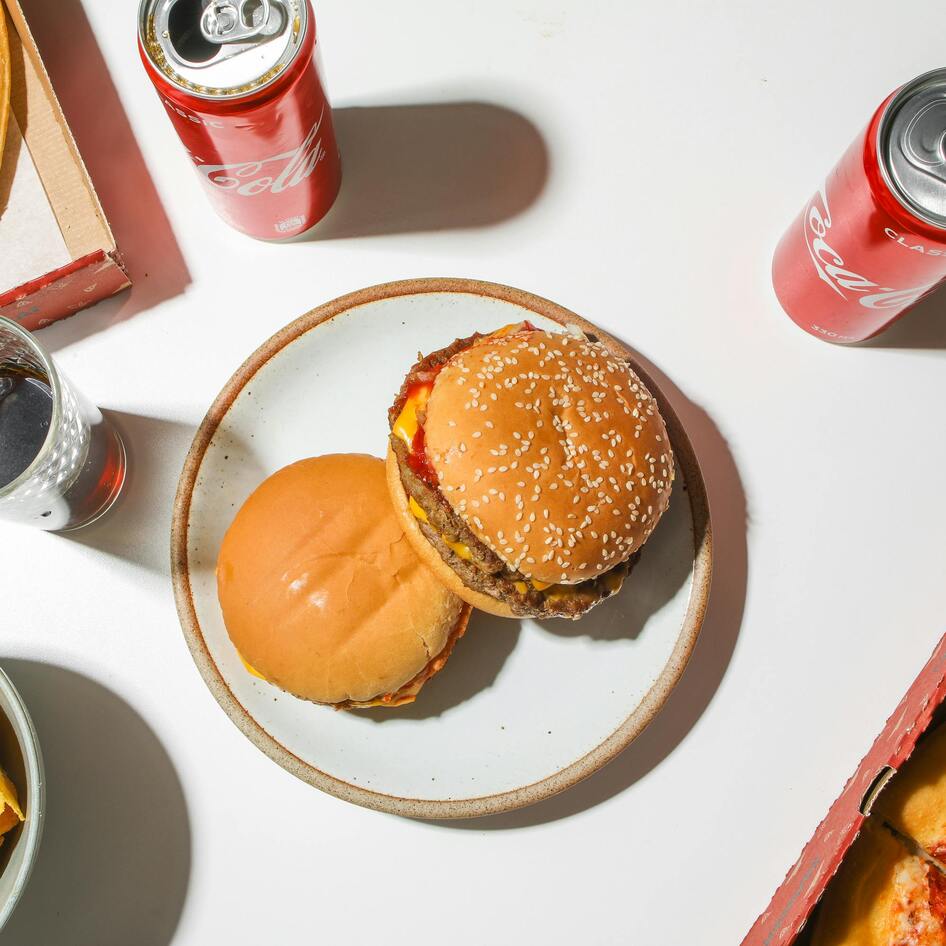A recent study published in the Journal of the Academy of Nutrition and Dietetics found that around one in five food and beverage products in the US contain synthetic dyes. Products marketed toward children were especially likely to include these additives. Notably, candy manufacturers such as Ferrero and Mars, alongside beverage companies like PepsiCo, were among the most frequent users.
“Given the accumulation of evidence over the last 40 years pointing to the health harms of synthetic dyes, it’s disappointing to see that they’re still so prevalent in our food system, particularly in products that are designed to appeal to children,” said Elizabeth Dunford, PhD, a research fellow at The George Institute for Global Health. Dunford conducted the study in collaboration with researchers from the University of North Carolina and the Center for Science in the Public Interest.
She also pointed out that many of the products containing synthetic dyes also had high sugar content. “Both ingredients are linked to poor health outcomes,” she said.
 Pexels
Pexels
Are synthetic dyes harmful?
Several countries have taken action to regulate synthetic dyes. In 1995, the United Kingdom passed the Colors in Food Regulations Act to limit their use. While not all dyes were banned, the law restricted certain additives, including erythrosine, which is also known as Red No. 3 or E127. This dye is banned in the European Union. Other dyes, including Yellow 5, Yellow 6, and Red 40, are allowed in the EU but must carry warning labels.
There is some evidence to suggest that Red No. 3, which was banned by the US Food and Drug Administration (FDA) earlier this year, might be linked to cancer. A study conducted in the 1990s found a connection between the dye and cancer in rats. However, no large-scale human studies have been done to confirm this risk.
BECOME A VEGNEWS VIP: Get exclusive product deals, freebies, and perks galore!
Some studies have also explored whether synthetic dyes may affect children’s behavior. For example, Yellow 5 has been associated with increased irritability and restlessness, and may worsen symptoms in children with Attention Deficit Hyperactivity Disorder (ADHD). However, there is no evidence that synthetic dyes directly cause ADHD.
Critics argue that even small risks are unnecessary, especially since synthetic dyes do not provide any nutritional benefit or flavor enhancement.
Differing opinions on food dye risk
Health and Human Services Secretary Robert F. Kennedy Jr. has called for a full phase-out of synthetic dyes by the end of next year. In a recent statement, he said, “These poisonous compounds offer no nutritional benefit and pose real, measurable dangers to our children’s health and development.”
The FDA, by contrast, maintains a more measured view. It states on its website, “The totality of scientific evidence indicates that most children have no adverse effects when consuming foods containing color additives, but some evidence suggests that certain children may be sensitive to them.”
Is the food industry moving away from synthetic dyes?
As consumer concern grows, many food companies are taking steps to eliminate synthetic dyes from their products. General Mills announced it will remove synthetic colors from all cereals and school foods by next summer. It plans to eliminate them from all products by the end of 2027. Kraft Heinz has committed to the same timeline.
However, Thomas Galligan, PhD, a principal scientist at the Center for Science in the Public Interest, expresses doubt about pledges from major corporations.
“Many companies had previously made promises to stop using them and then failed to keep those promises,” he said. “So, it remains to be seen if food companies will comply with this new request.”
One potential benefit of removing artificial colors is that it could reduce the visual appeal of unhealthy, ultra-processed foods. Bright colors like red and yellow make sugary snacks and drinks look more fun and exciting, particularly to children. This can encourage overconsumption, and a growing body of research has linked ultra-processed foods to a wide range of health problems, including heart disease and cancer.
A call for perspective
Not all health experts see synthetic dyes as a major concern for the general population. Jennifer Scherer, BS, ACE-CPT, MES, RDN, recently shared her view with VegNews. “The public concern around food dyes is somewhat justified, especially in light of concerns about children’s health and behavioral issues,” she said. “However, it is often overblown in the sense that the actual risks, particularly for the general population, are minimal when dyes are consumed in moderation.”
“Many health experts agree that while it’s important to be cautious about food additives, the levels of food dyes allowed in food are generally considered safe for most people,” she added.
For more plant-based stories like this, read:
JUMP TO ... Latest News | Recipes | Guides | Health | Subscribe










